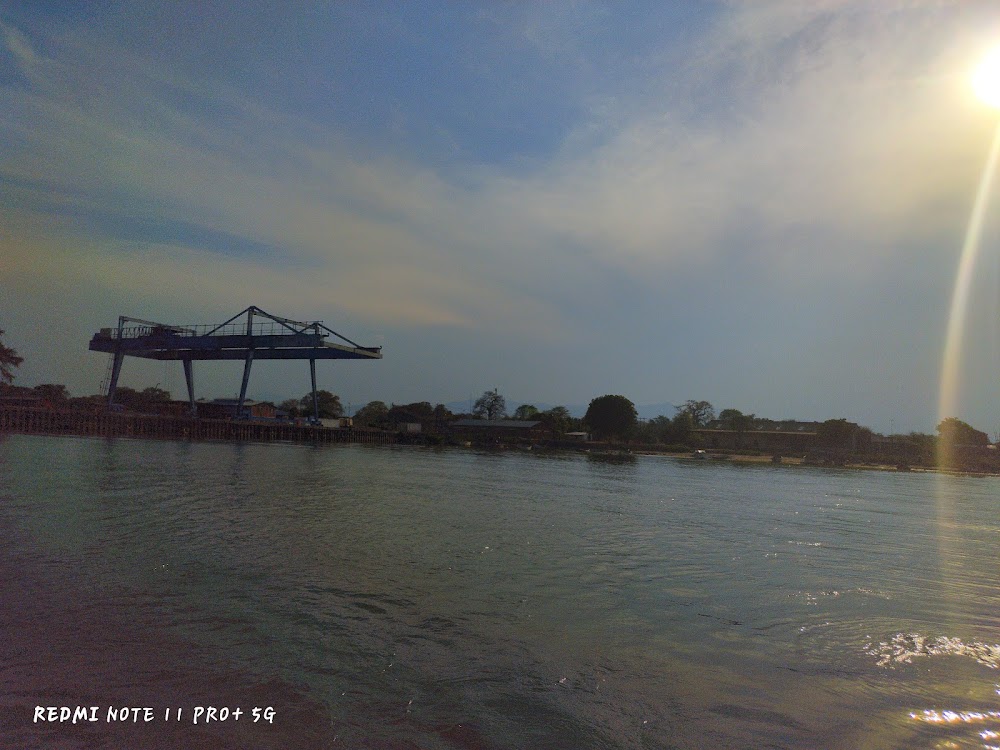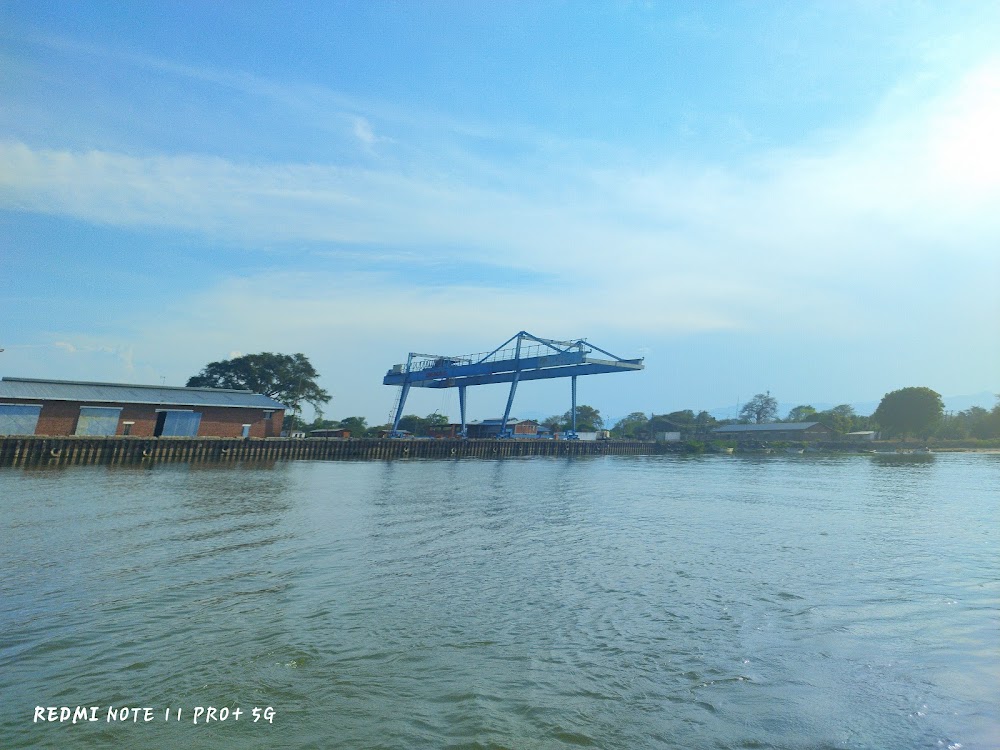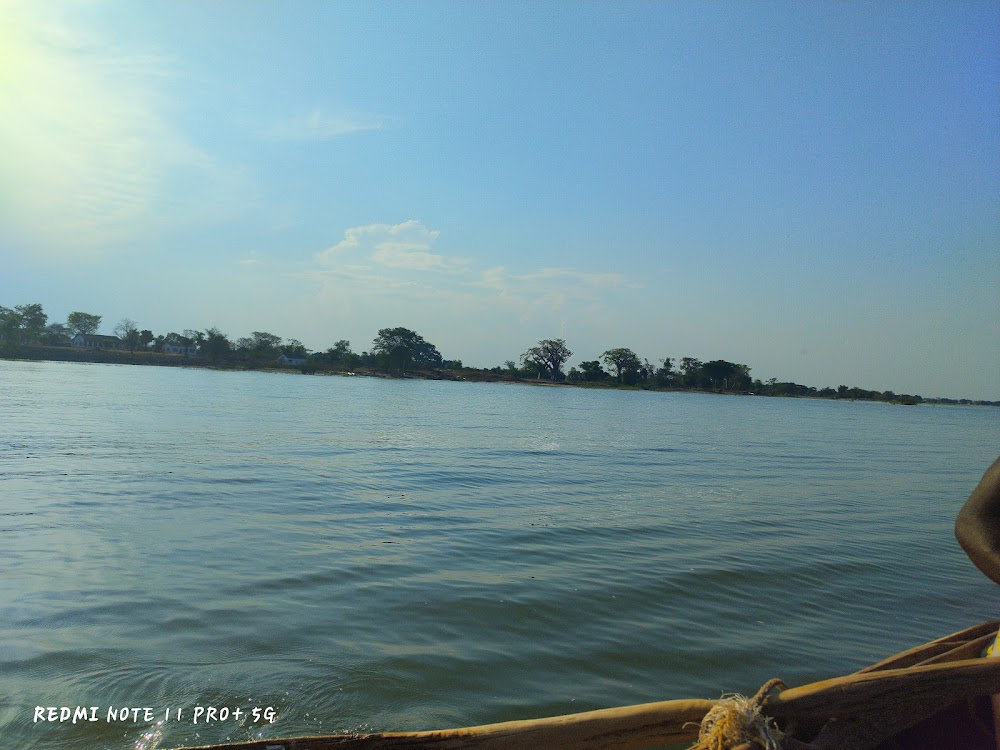Chipoka Port (Chipoka Port)
Overview
Chipoka Port, nestled in the tranquil city of Chipoka in Malawi, stands as a vibrant hub of activity that has played a crucial role in the region's development. Perched on the picturesque shores of Lake Malawi, this port is not just a gateway for trade but a significant economic lifeline for local communities and the nation as a whole.
Historical Significance
The construction of Chipoka Port began in the mid-20th century, during a period when Malawi was still known as Nyasaland, a protectorate under British rule. The British colonial administration recognized the strategic location of Chipoka along Lake Malawi and initiated the development of a port to facilitate the transportation of goods and people. Utilizing local materials like wood and stone, along with advanced construction techniques introduced by British engineers, the port was born.
Local workers, with their invaluable knowledge of the terrain, collaborated with skilled craftsmen to bring the port to life. The docks were designed to accommodate traditional local boats as well as larger vessels capable of transporting goods to neighboring countries such as Tanzania and Mozambique. The port's development included essential facilities like storage areas, customs offices, and living quarters for staff.
Economic Impact
In its early years, Chipoka Port was instrumental in transporting key agricultural products, including tobacco, tea, and maize. These goods were shipped across the lake to neighboring countries, boosting the local economy and providing livelihoods for many families.
Following Malawi's independence in 1964, the government recognized the port's potential as a cornerstone of national development. Significant investments were made to modernize the infrastructure, including reinforcing the docks, constructing new warehouses, and implementing improved navigation systems. These upgrades were vital in enhancing the port's efficiency and capacity to handle larger cargo loads.
Modernization and Technology
The introduction of technology played a transformative role in the port's operations. Computerized tracking systems and heavy-lifting cranes were installed, significantly speeding up loading and unloading processes while minimizing risks associated with manual handling.
Today, Chipoka Port thrives as a bustling center for both commercial and passenger traffic. Fishing boats, cargo ships, and passenger ferries create a lively atmosphere, with local fishermen bringing in their daily catch, which is sold fresh at the lakeside market. Cargo vessels now transport a diverse array of goods, including textiles, electronics, and machinery, reflecting the port's expanded role in regional trade.
Cultural and Community Hub
Beyond its economic significance, Chipoka Port serves as a focal point for community life. Festivals and cultural events frequently take place near the docks, drawing visitors from across the region. The surrounding markets and streets are alive with stalls offering local crafts, food, and other goods, making it a vibrant and inviting destination for both locals and tourists.
Environmental Sustainability
In recent years, environmental sustainability has become a priority for Chipoka Port. Efforts to mitigate pollution and protect the natural beauty of Lake Malawi are underway, including improved waste management practices, the use of eco-friendly construction materials, and the promotion of sustainable fishing practices among local communities.
Future Growth
The ongoing development and modernization of Chipoka Port are essential for Malawi's future growth. Plans for further expansion are in motion, with collaboration between the government and private investors to ensure the port meets the increasing demands of global trade while preserving the local environment and culture.
Chipoka Port is more than just a trade point; it embodies the resilient spirit of the Chipoka community and serves as a cornerstone of Malawi’s economic and cultural landscape. The harmonious blend of history, progress, and sustainability makes it a remarkable example of a port that continues to evolve and thrive over time.







